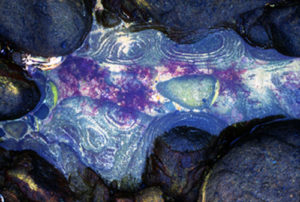
Tidal Pool, New Zealand
During my travels with my wife in many countries over several years we experienced many an event that at the time may or may not have appeared to be significant. But looking back over the years I find that disconnected pieces do fit in place.
In future posts some of these occasions will be recalled, and recounted with remembered detail. And as each is recorded others will come to mind setting off a train of thought.
Our Manitoba travels were in the main to discover and record places of worship. And by golly did we find some. The goal now is to post all of them on www.sacredplaces.ca. It will take time, though, to load all of the more than 700 onto the website. In addition there are (will be) sacred places we found by chance in other places or were directed to by strangers.
Of course the initial intent to publish a book on Manitoba’s heritage churches still remains.
Some encounters with people included being
• mistaken for church robbers;
• refused entry by the priest in charge;
• refused entry because the church was scheduled for demolition;
• approached by an abused wife to return a collection plate stolen by her husband.
Other blogs may have no connection to churches, or religion, or faith. Here is a sampling:
• on crossing the longest swing bridge in New Zealand;
• meeting with a bull (calf) in a bull ring;
• overcoming claustrophobia to crawl into a pyramid;
• travelling camel-back in the dark to observe sunrise from a holy mountain; and
• climbing into a volcano’s crater.
For encapsulated histories of sacred places please visit www.sacredplaces.ca
For more of my photographs on other subjects please visit www.theimpressionists.ca

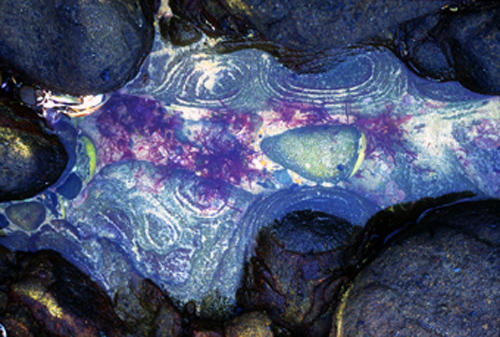


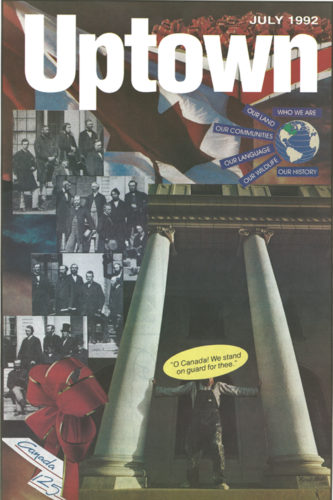


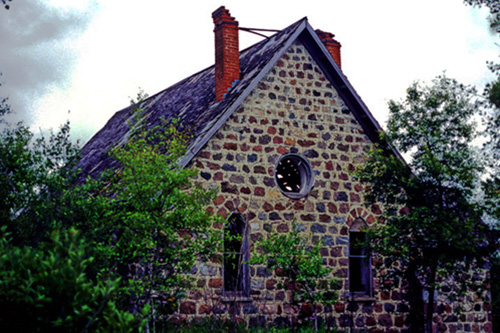

 The San Cayetano church was built near the opening to the La Valenciana mine. It overlooks the city of Guanajuato from a hill beside the road to Dolores Hidalgo.
The San Cayetano church was built near the opening to the La Valenciana mine. It overlooks the city of Guanajuato from a hill beside the road to Dolores Hidalgo.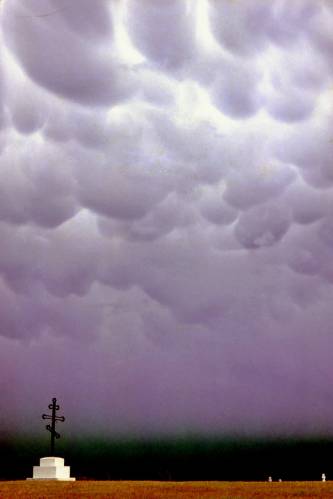
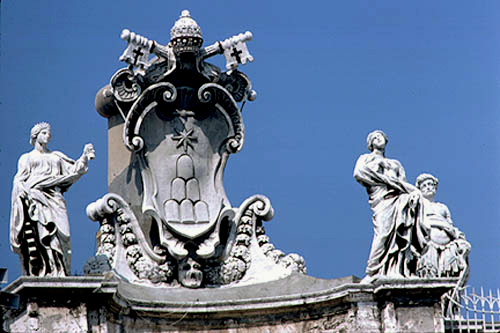

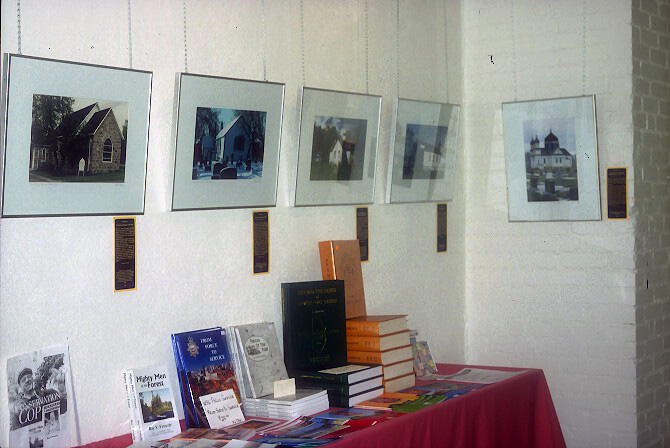
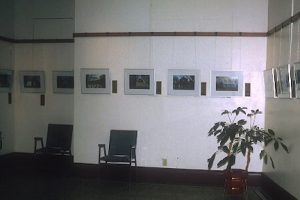
Recent Comments